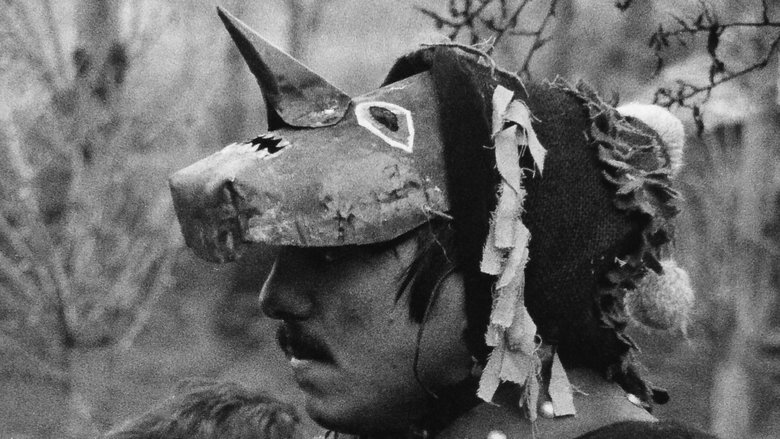Masks
Genres
Documentary
OverView
The film sought to portray a relatively unknown and isolated rural world and, through a highly politicized discourse, affirmed the genuineness of “folk culture.” Representative of the new documentary film movement that developed in Portugal after the revolution, the movie encouraged the local retrieval of the Caretos tradition. A ritual that seemed to be doomed by the conjoined impact of emigration, the colonial war and the crisis of agriculture was thus brought back to life. - Paulo Raposo
Others
Budget
$--
Revenue
$--
Status
Released
Original Language
Portuguese
Runtime
111 mins
Rating
6/10
Release Date
14 June 1976
Country
Portugal


